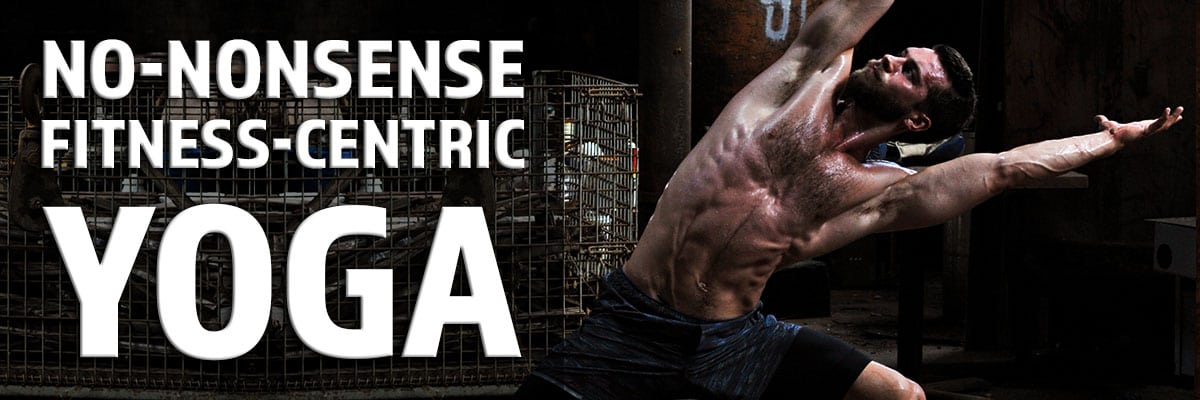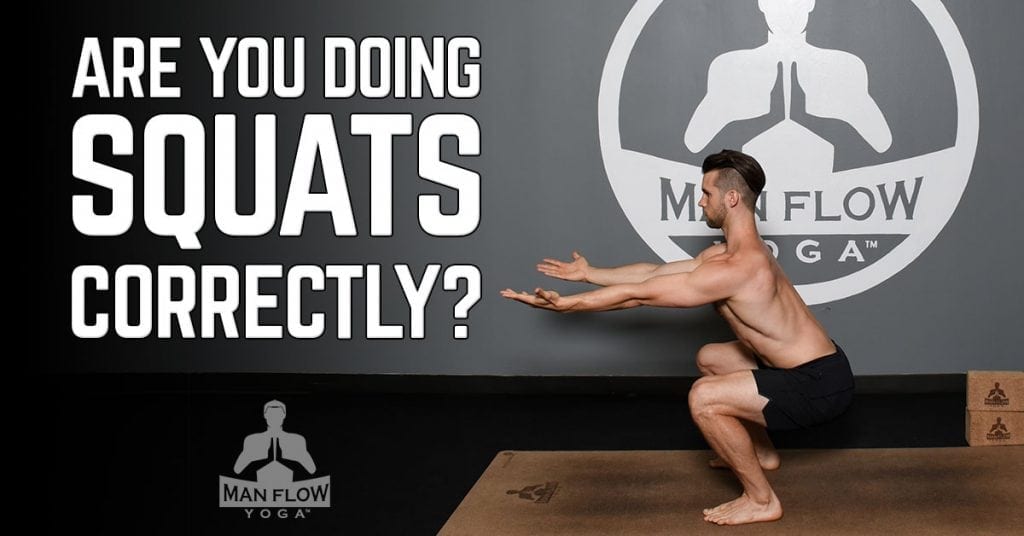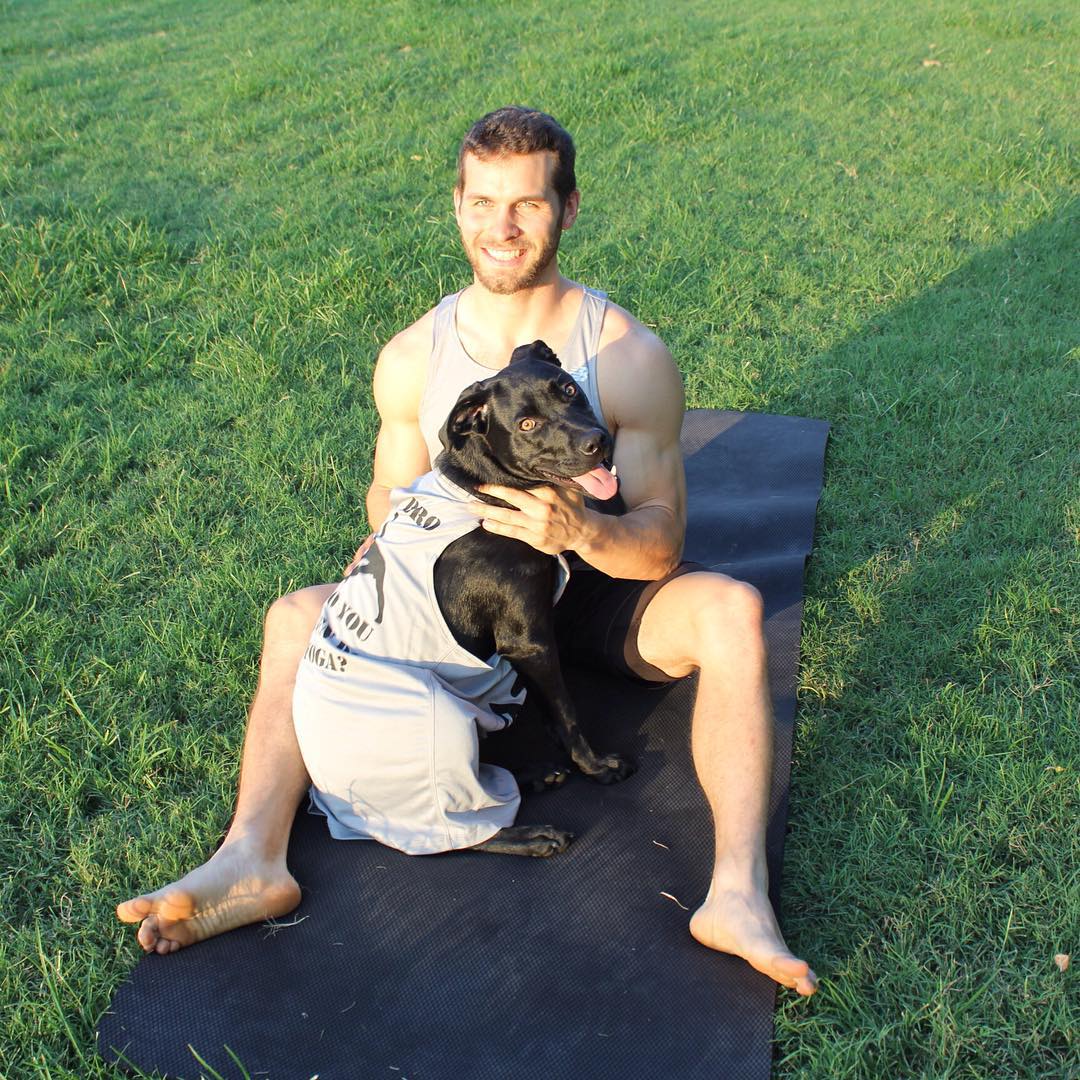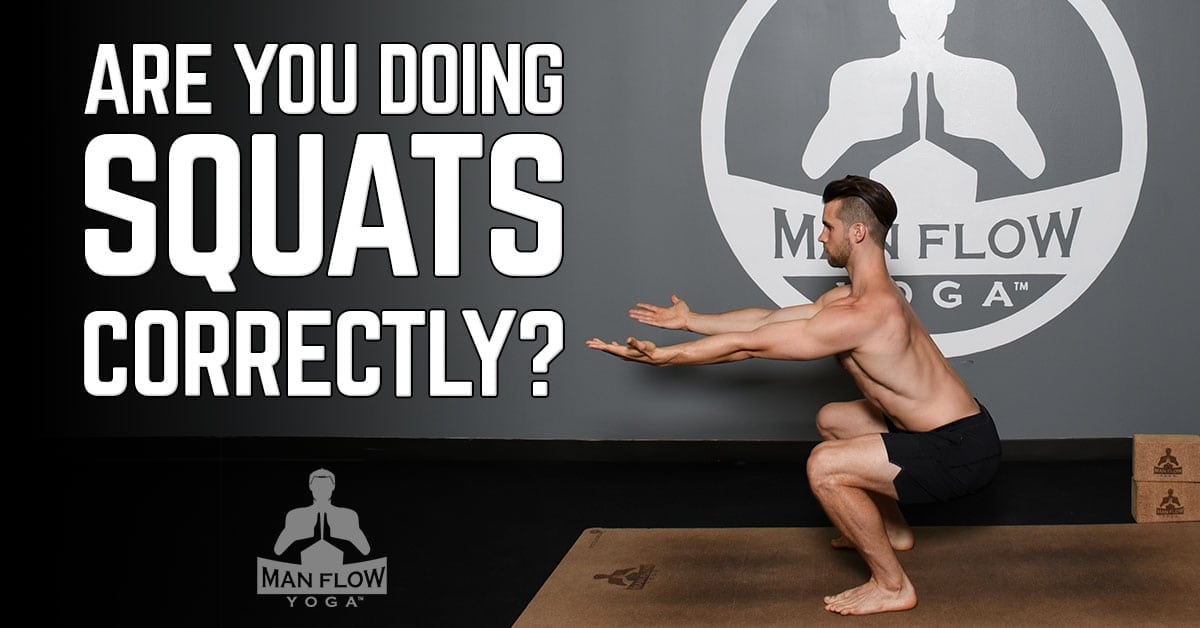Welcome to the Pose Assessment Guide for the Squat!
This guide helps you:
- Learn proper squat form and technique for a deep yoga squat
- Understand the aspects of strength and mobility measured by the squat
- Know what the aspects of your fitness need work based on your performance in the squat
Watch the full pose assessment guide video below, and then read on to learn more about the squat, and specifically how you can measure your personal fitness based on your performance in it.
The Squat is a foundational exercise of any effective fitness program, making it a great indicator of your overall fitness. Here are the primary fitness aspects measured in the squat:
Core Strength
Your ability to remain upright in the squat, without leaning forward or needing something to hold on to.
Hip Strength
Your ability to generate power and support your body weight in the squat.
Hip Mobility
Your ability to keep your toes facing straight forward, to lower your hips below your knees, and drive your knees out (prevent your knees from “knocking” inwards) as you squat.
Ankle Mobility
Proper foot positioning in a squat; your ability to keep your heels firmly on the ground in the low position of the squat and to keep your arches lifted (not allowing your feet to cave in).
The squat is not just a great assessment of your fitness. It’s also a great exercise to IMPROVE your fitness. Practice is on a daily basis and you’ll be shocked at what it can do for your body – not just your performance or for muscle-building, but also for the way your back, knees, ankles, and hips feel throughout the day, your day-to-day movements, and even improved posture.
Looking For A Program?
If you’re looking to start a yoga routine to lose weight, gain muscles, flexibility, and strength, Man Flow Yoga offers on-demand structured programs that complement your lifestyle and schedule. Sign-up below!
Signup for the FREE 7-Day Challenge
On the flip side, weakness or not paying enough attention to the above aspects of your fitness can result in aches and pains, injuries, or even surgery.
Knees
MCL, ACL, and other ligaments in your knee that can be strained or torn, sometimes resulting in knee surgery.
Ankles
Ankle instability, ankle sprains, injury to your achilles tendon, and more.
Spine
Exercise-induced back pain, chronic (regularly-recurring) back pain, herniated discs, spinal-fusion surgeries.
Hip Flexors / Hamstrings
Common sites for soft-tissue injuries such as muscle tears and strains, which usually put you out for a couple of weeks but can last for months if more serious.
How do you know if you are at a higher risk for problems in the above areas?
Helpful indicators can be easily found in your performance of the squat. Although this is sometimes an incomplete picture, below I’ve listed some common indicators of weakness, and what they correspond to in terms of your fitness:
Try to remember how you did in the 30-second squat challenge. How’d you do? From the list of weakness indicators above, which applied to you? It doesn’t mean you failed if you didn’t do a perfect squat – remember, most guys can’t. But knowing how to improve is what’s going to help you get stronger more easily, so you’re on the right path!
What do these assessments mean?
Your body is totally interconnected, which means the obvious weakness or lack of mobility you’re noticing (toes turned out, not being able to remain upright in the squat, heels coming off the ground, etc) is most likely due to weakness or lack of mobility in another part of your party. Almost every weakness can be traced to the core area – particularly the muscles in your hips, abs, and the muscles surrounding your waist and spine. The best way to address these weaknesses is by following a comprehensive to address the SOURCE of these weaknesses, rather than just treating one of the symptoms.
Man Flow Yoga Success Stories


About the author, Dean Pohlman, Founder & CEO of Man Flow Yoga, Author of Yoga Fitness for Men, Expert on Yoga Fitness for Men.
Looking for non-spiritual, yoga for men workouts?
Learn More About Man Flow Yoga and how it can help you with your fitness goals:
 Join Today for Instant Access!
Join Today for Instant Access!


